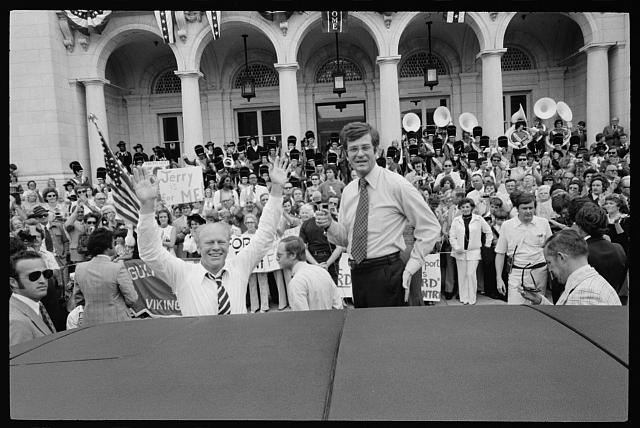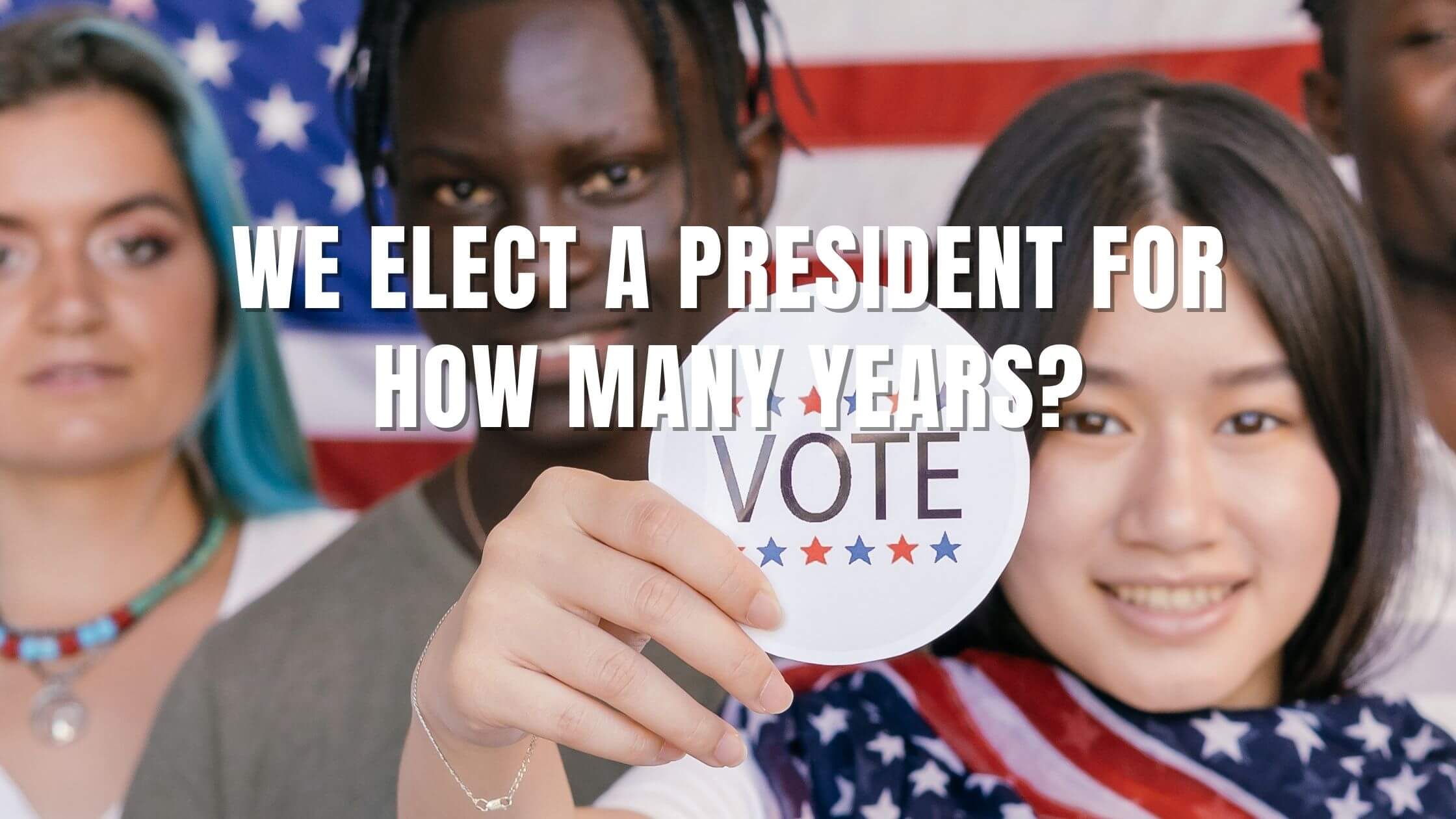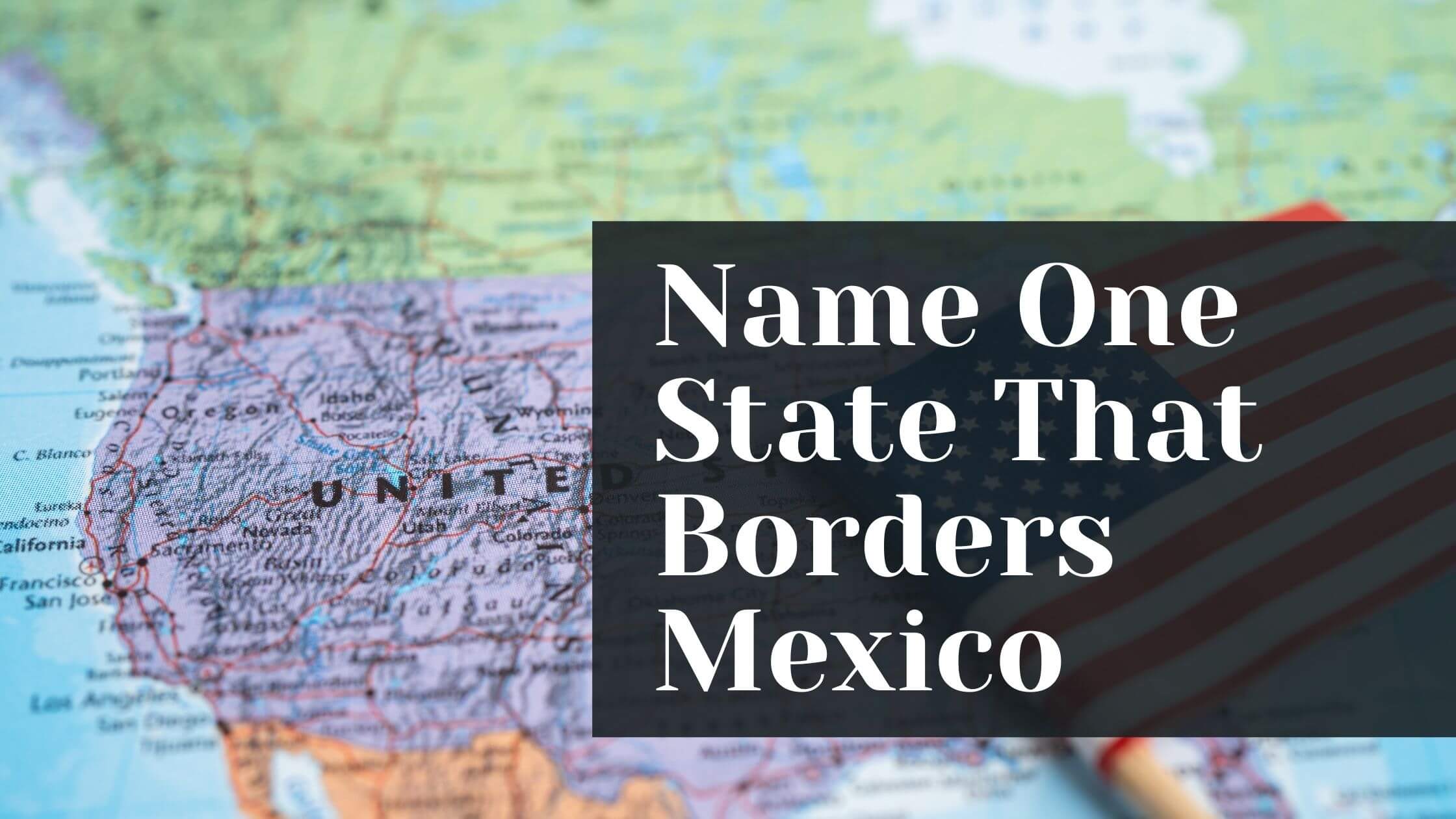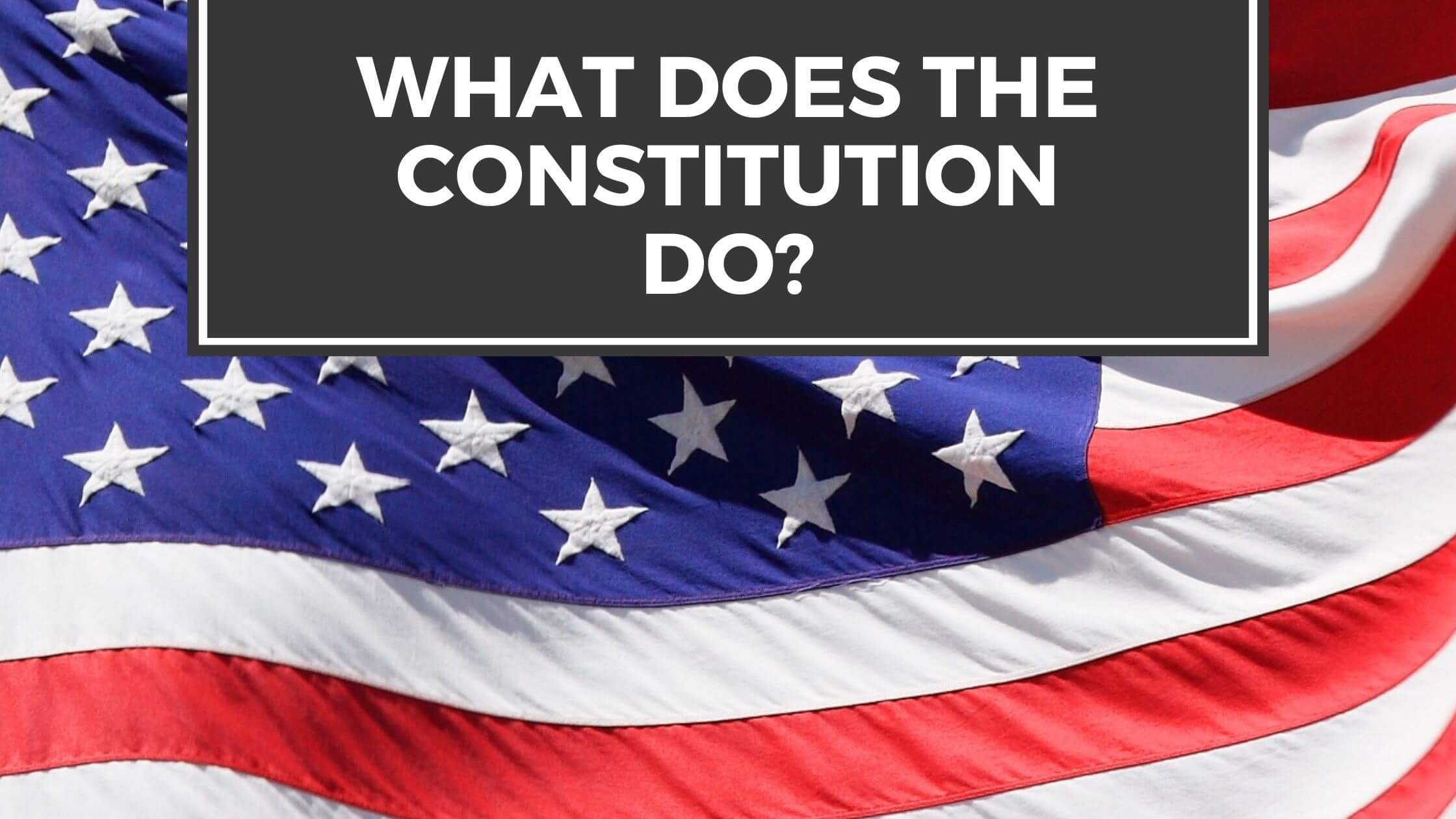Table of Contents
ToggleWe elect a president for how many years?
Four.
The Presidential Term – Four Years
The constitution established three separate branches of government, the legislative, executive, and judicial branches. The executive branch is led by a president, who serves a four-year term along with a vice president.
The original United States Constitution did not impose any term limits on the president, only stating that the president’s term is to last four years. As a result, the Founding Fathers did not see any problems with the possibility of a president serving an indefinite number of terms, viewing a presidential election day and Electoral College vote every four years as an adequate safeguard against tyranny.
However, George Washington’s decision to voluntarily leave office after serving two four-year terms became the tradition for presidents for more than one hundred years until Theodore Roosevelt attempted to run for a third term in 1912.
Whig Party – Movement for a One-Term President
The contentious presidential administration of Andrew Jackson, a Democrat who served two terms, helped to create a new political party known as the Whig Party in the early 1830s.
The Whig Party, who detested Jackson and feared another two-term candidate like him, actively promoted the idea that a president is limited to one four-year term in office.
While this concept never materialized, it did help to influence politics for the two and a half decades of the Whig Party’s existence, as the majority of presidents during this time didn’t choose to run for reelection.
Presidents and the Emergence of One-Term Administrations
While George Washington founded the tradition of serving only two terms, other presidents established the precedent of serving one term. The first president to commit to one four-year term was James K. Polk, one of the most successful one-term presidents in history who took office in 1845.
After Polk, no other president in the pre-Civil War era made a serious attempt to serve a second term after being elected to their initial term.
The post-Civil War era saw the continuance of the tradition of one-term presidential administrations, with four of the next five presidents failing to serve multiple terms.
However, only one of the four presidents who failed to serve multiple terms, Rutherford B. Hayes, actually committed to serving one term. Unpopularity and assassination prevented the other three presidents from successfully running for a second term.
The Whig-era tradition of serving one four-year term had worn off by the late 19th century, and many presidents began vigorously pursuing multiple terms in office.

Get Smarter on US News, History, and the Constitution
Join the thousands of fellow patriots who rely on our 5-minute newsletter to stay informed on the key events and trends that shaped our nation's past and continue to shape its present.
The 22nd Amendment and Term Limits
The 22nd Amendment represented the first and only time that the US Constitution imposed a term limit on an officer or member of the federal government, limiting the president to serving two full terms in office.
It was approved by Congress in 1947 and ratified in 1951, in the wake of Franklin Roosevelt being elected a record four times from 1932 to 1944. Although Roosevelt had been a relatively popular president in the public’s eye, the 1946 midterms resulted in many Republicans and conservative Democrats being elected to office, who generally had a negative view of Roosevelt’s administration.
Fearing another president serving for several terms, the new Congress spearheaded limiting the president to two terms. The 22nd Amendment does allow a president to serve more than two terms if they take over another president’s administration past the halfway point of the term. Therefore, a president can serve in office for a maximum of just under ten years, although this has never happened.
Lyndon Johnson Could Have Served 10 Years in Office
The only candidate for president who actively had an opportunity to serve for more than two four-year terms was Lyndon Johnson. Johnson took office after the assassination of John F. Kennedy on November 22, 1963, more than halfway through Kennedy’s first term in office, and was reelected in 1964.
While Johnson was initially favored to be renominated in 1968 by the Democratic Party, after serving over five years as president, he declined to run again, stunning the political world.
Gerald Ford – The Last President to Serve a Partial Term
After the resignation of Richard Nixon on August 8, 1974, Gerald Ford took office and served the remaining two and a half years of Nixon’s term. Ford was the last president to serve a partial term apart from the normal four-year period prescribed by the US Constitution.

Because he served more than half of Nixon’s second term, Ford would have been ineligible to seek reelection in 1980 had he defeated Jimmy Carter in the 1976 election.
The 25th Amendment – Removing the President from Office
The 25th Amendment set the guidelines for a president to be voluntarily or involuntarily removed from office, no longer serving their four-year term. If the president voluntarily resigns, they must submit a written declaration to the President pro tempore of the Senate and the Speaker of the House that they cannot perform their duties.
If the president is temporarily unable to perform their duties due to an unexpected medical procedure or assassination attempt, the vice president and most principal officers in the executive departments would need to send a written declaration to the same two congressional leaders.
If the president seeks to resume their duties and continue serving their term after temporarily resigning, they must submit a written declaration to the President pro tempore of the Senate and the Speaker of the House. The vice president and majority of principal officers in the executive departments can override the president’s written declaration to return to power by informing the same two congressional leaders that they think the president is unable to return to power.
In this case, Congress would meet and decide the issue, with a two-thirds majority vote needed to prevent the president from returning to power.











